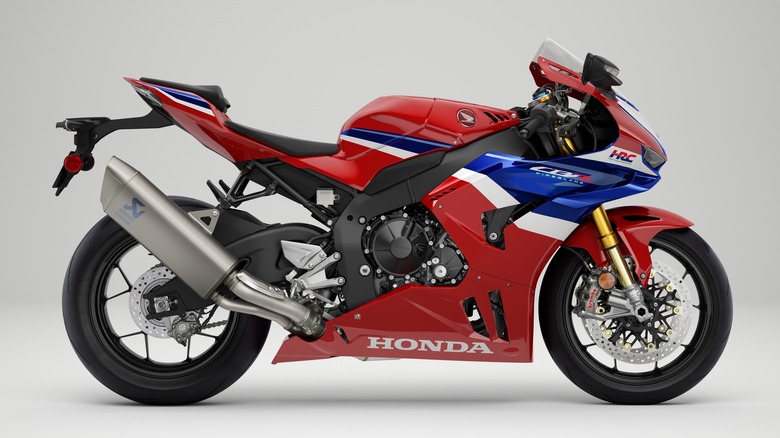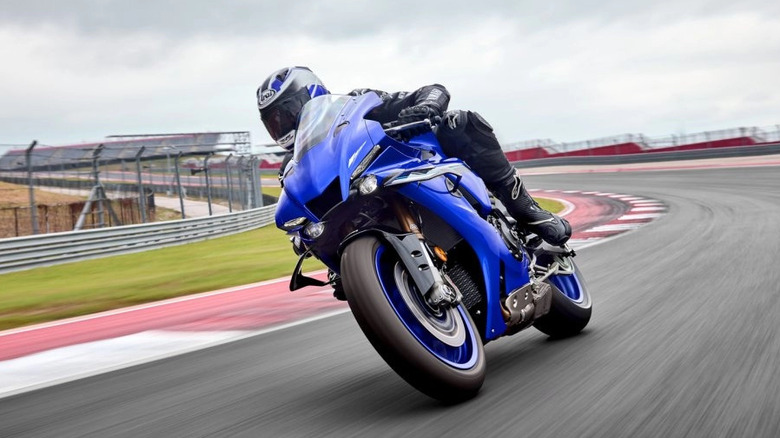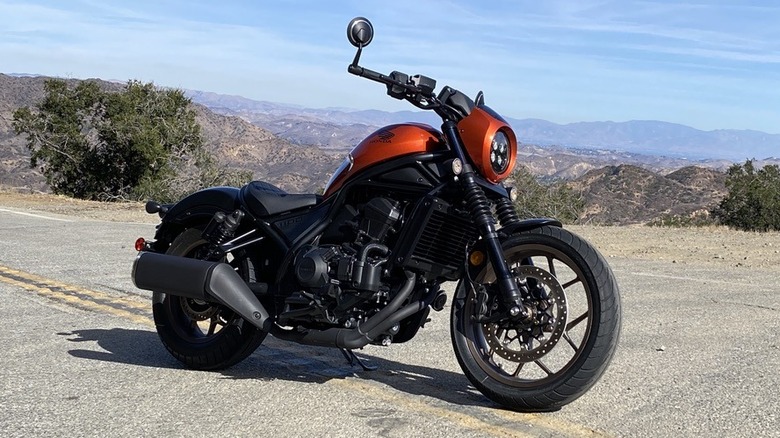Can A Beginner Ride A 1000cc Motorcycle?
While it isn't a direct correlation, it's often the case that larger motorcycle engines have more power than smaller ones. It makes sense, right? Like a four-cylinder economy car compared with a V8 muscle car, the car with the big V8 is likely going to have more power. This is typically the case with motorcycles too. And the same way you wouldn't toss the keys to your 500-horsepower muscle car to a new teen driver, it's a bad idea to expect beginner riders to safely ride most 1000cc motorcycles.
I've been riding motorcycles for years, with experience on slower bikes with engines as small as 50ccs, as well as some of the fastest bikes with engines as large as nearly 2000ccs. Typically, 1000cc motorcycles are thought of as speed machines, and rightfully so. A lot of the fastest motorcycles on the market are 1000cc sport bikes meant for the racetrack. Bikes like the Kawasaki ZX-10R, the Honda CBR1000RR, and the Yamaha R1 all have similarly sized powertrains that are designed to provide maximum speed and performance. All three of these bikes have racetrack-ready versions meant exclusively for experienced track riders. As such, I wouldn't recommend a 1000cc motorcycle for a first-time rider.
Why more power is harder to handle
Throttle sensitivity is a big part of big-power motorcycling. Most modern bikes have various power modes to dull down (or dial up) things like throttle response and engine braking, tweak the traction and wheelie control, and even adjust those parameters based on lean angle. Even on the lowest of these settings on 1000cc motorcycles, it's easy to twist the throttle and get to triple-digit speeds in no time. When you're going that fast, you have to stop fast too — which many beginner riders may not be trained to do.
The Honda CBR1000RR, for example, has a 999cc inline four-cylinder engine. This is the fastest Honda motorcycle you can buy and gets to a top speed of over 180 mph. While not all 1000cc bikes will get to that speed, they'll still get into digits that a new rider likely can't handle. At higher speeds, your reaction time and familiarity with a bike become all the more important. Knowing, intuitively, just how much pressure you can apply to the front brake before the rear wheel comes off the ground is a big part of riding a fast bike. It also takes experience to know how to command multiple inputs from the motorcycle, like braking and steering, at the same time.
It's not all about displacement
It's my opinion that beginners should start on smaller motorcycles. It's worth noting though, that not every 1000cc motorcycle is the same. The Honda Rebel 1100, for example, is a relatively docile bike even though it has a larger engine than the CBR1000RR. The CBR has a little over 200 horsepower, while the Rebel 1100 has about 87 horses. The Rebel 1100 is certainly a more manageable bike than the CBR, but the Rebel 300 or Rebel 500 would likely be even better for most beginners.
Several big cruisers from manufacturers like Harley-Davidson have engines that are around 1000ccs as well, but they aren't nearly as powerful or fast as your typical supersport bike. The Harley Nightster, for example, uses a 975cc engine that produces 91 horsepower, which is plenty for most riders and more than enough for beginners. Personally, I'd much rather learn to ride on something like the Nightster than a a 1000cc sport bike.
Can a new rider begin their journey on one of these less powerful big-engine bikes? Sure. But the learning curve is going to be steeper. Why not learn on a less expensive, easier-to-handle motorcycle first? All of the safest bikes for beginners are under 1000ccs and most of them are even under 500cc. It's not a hit to your pride to learn on something small if it keeps you safe. It's probably best to save the liter bikes for when you have a bit more experience.


